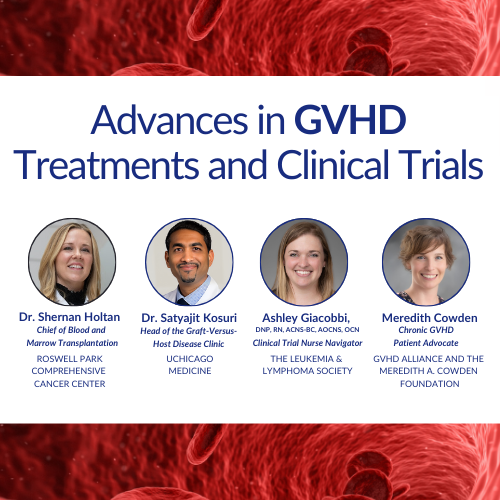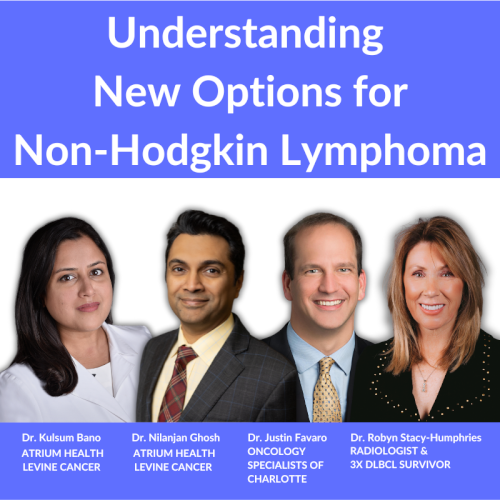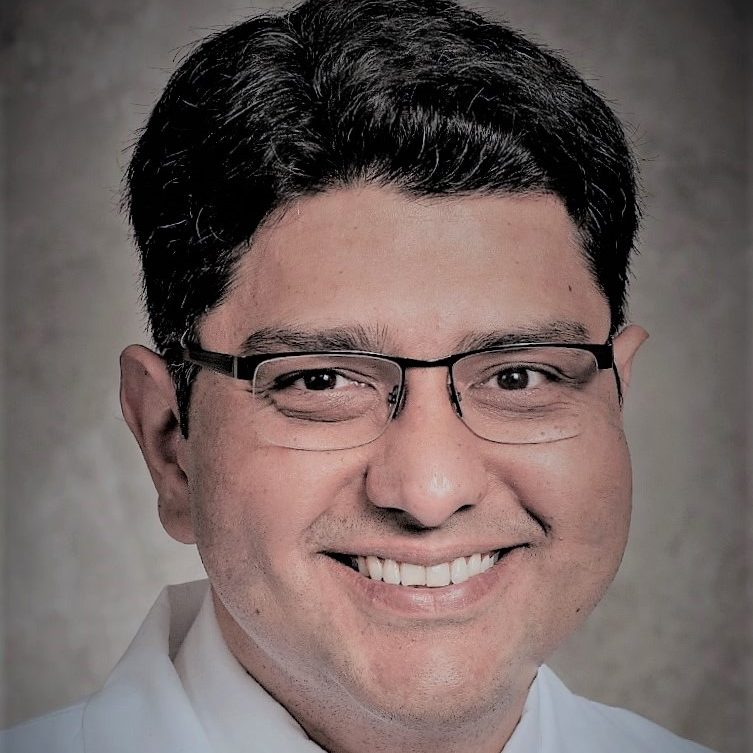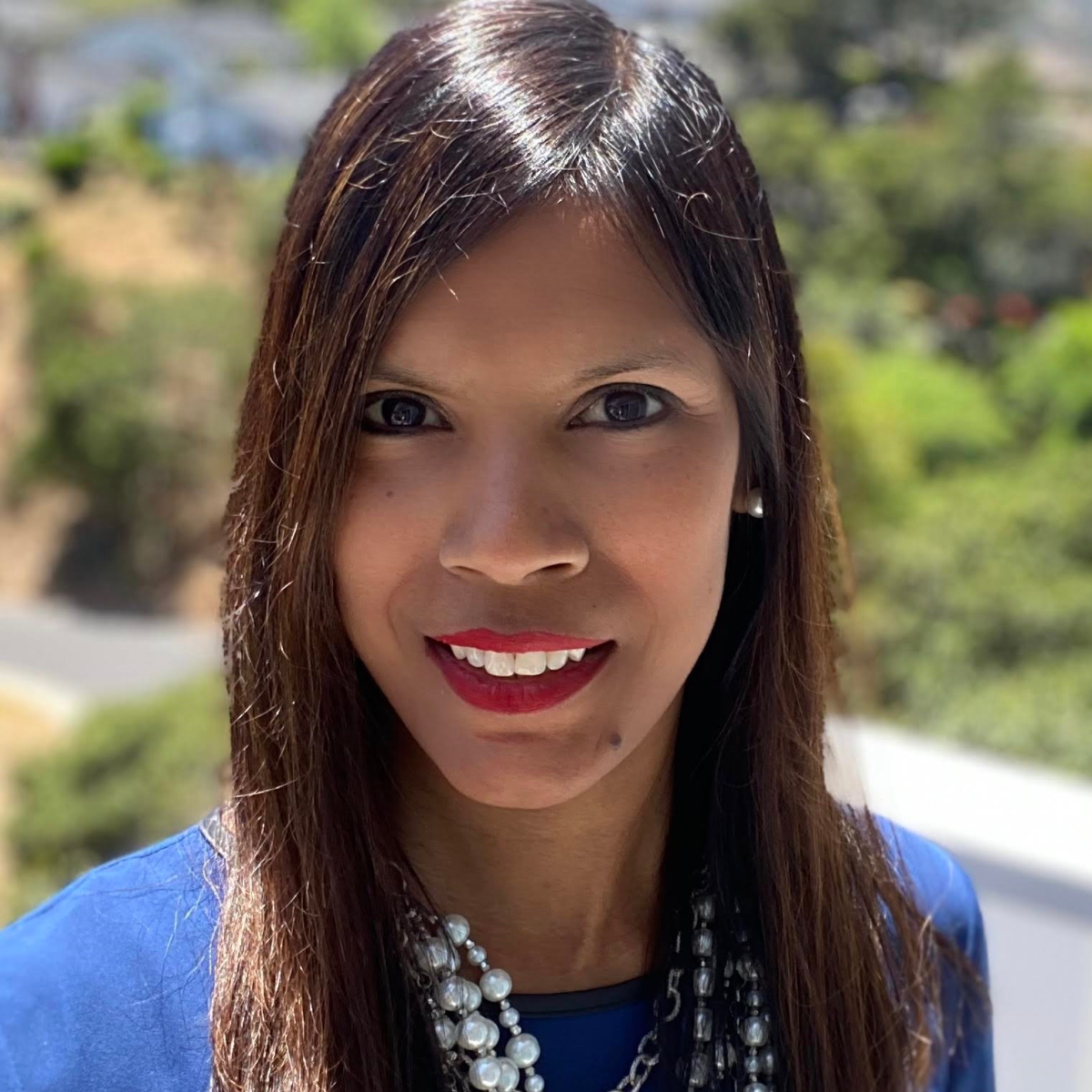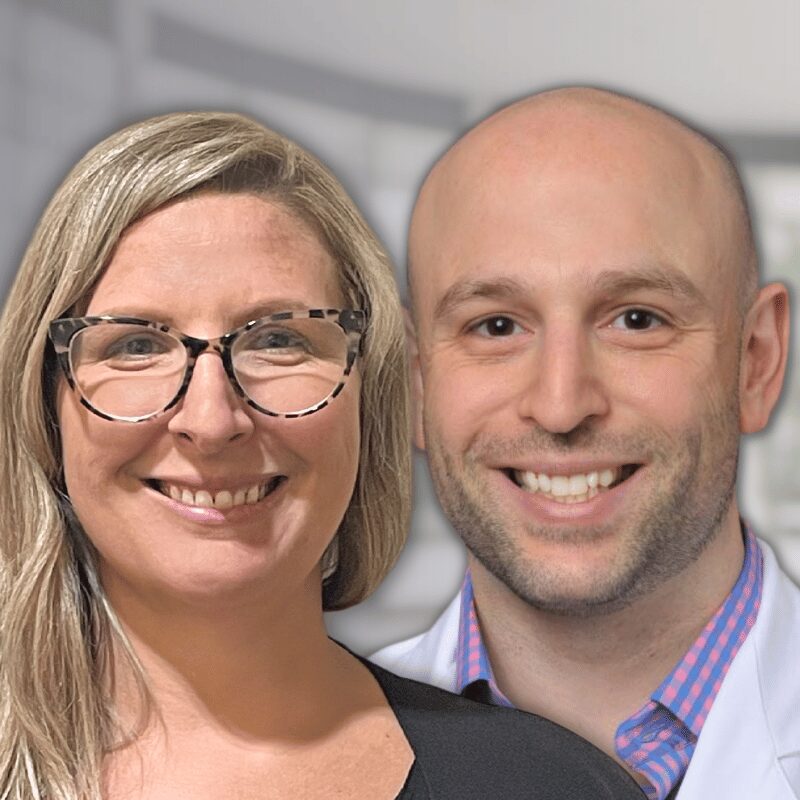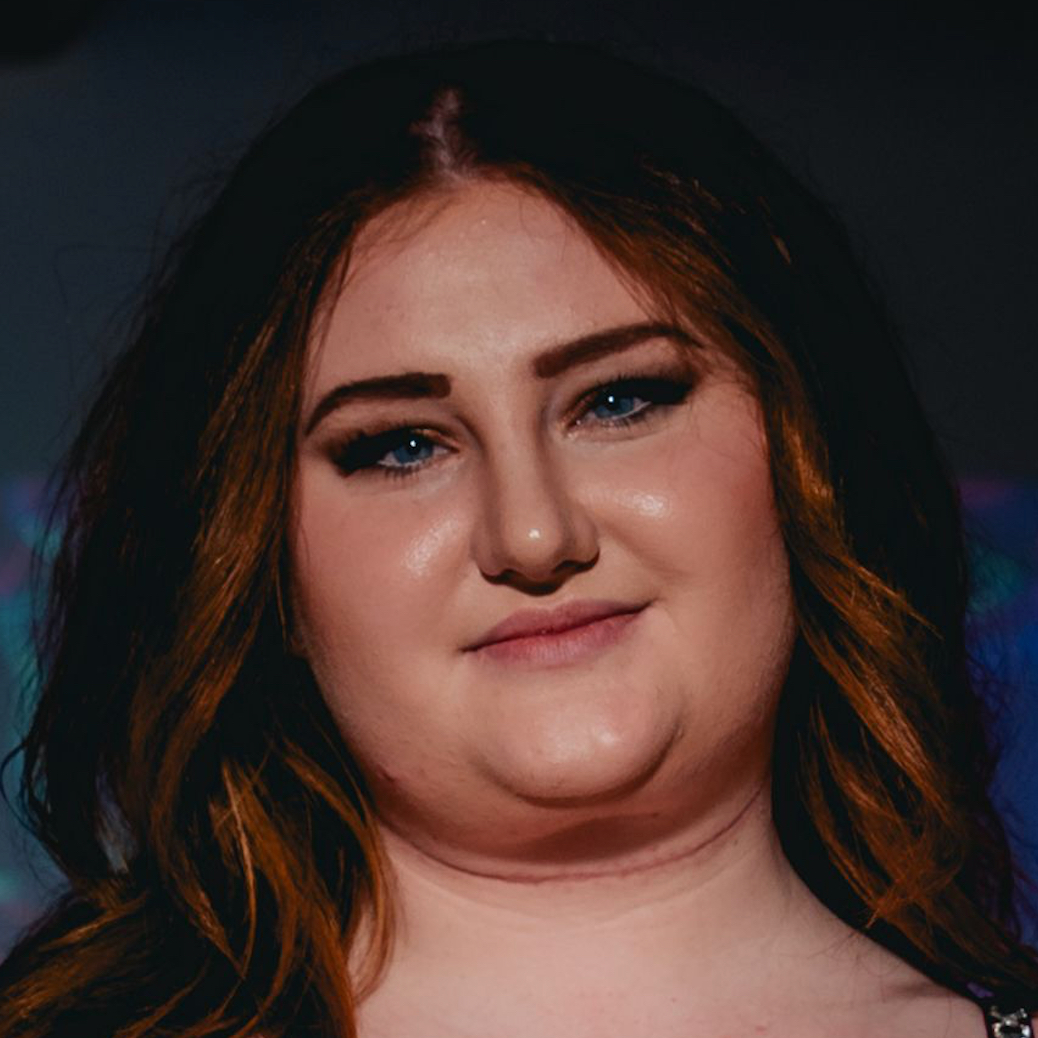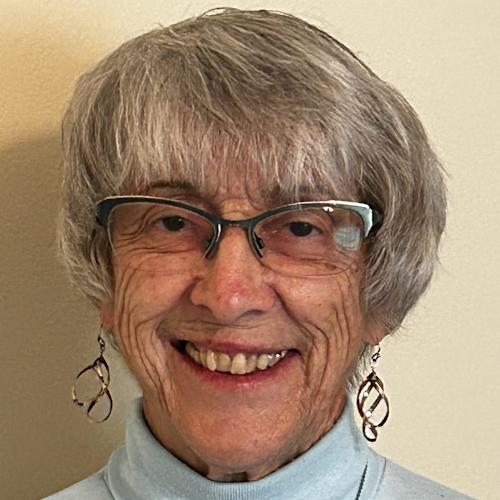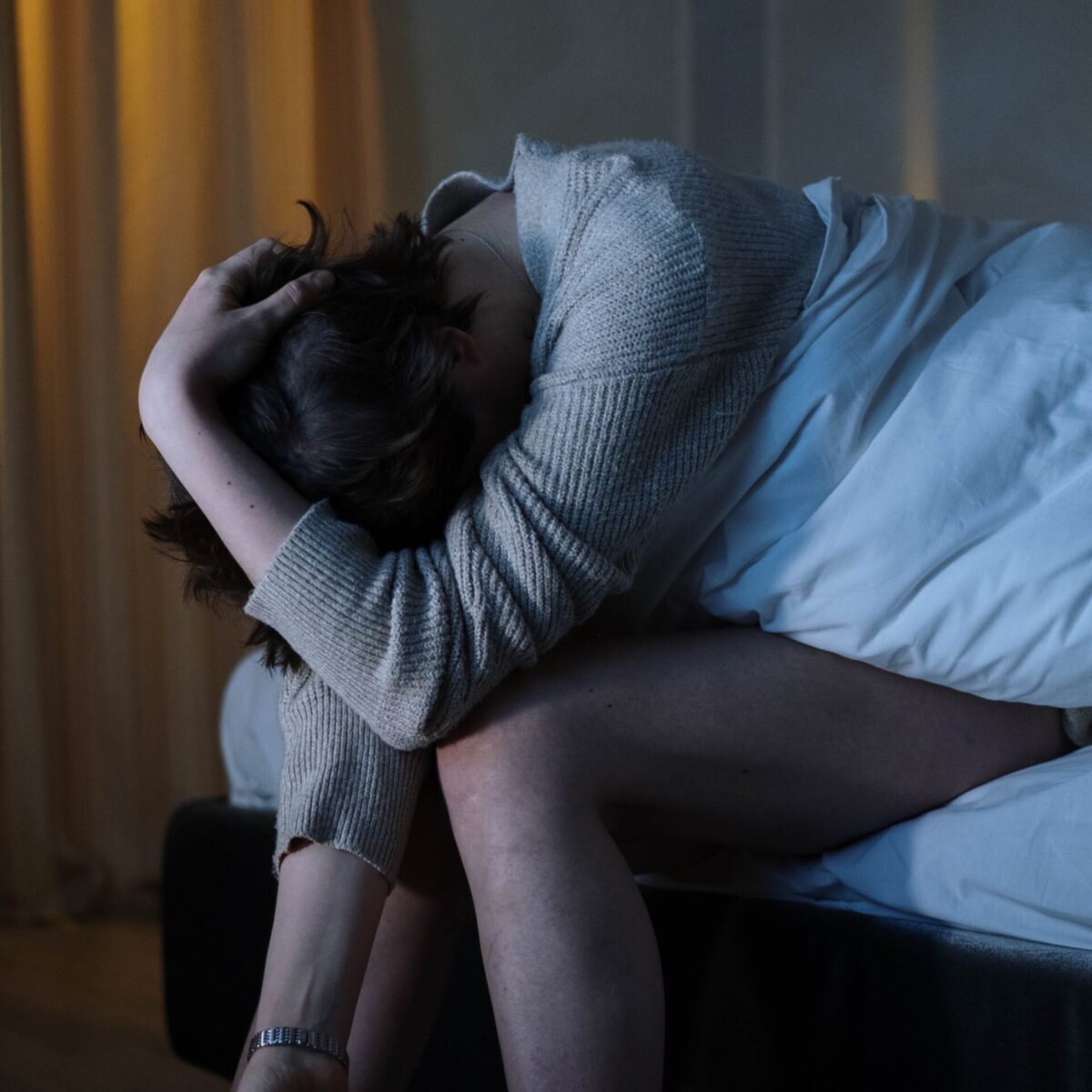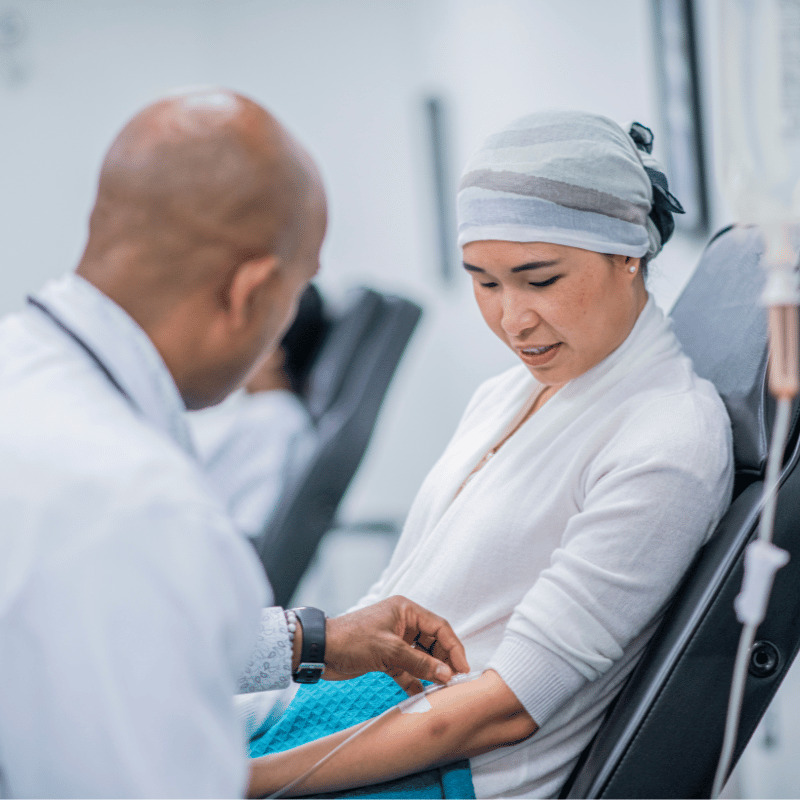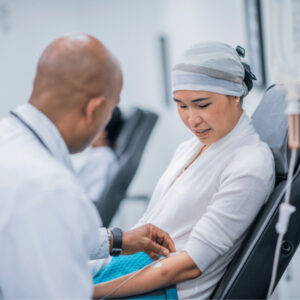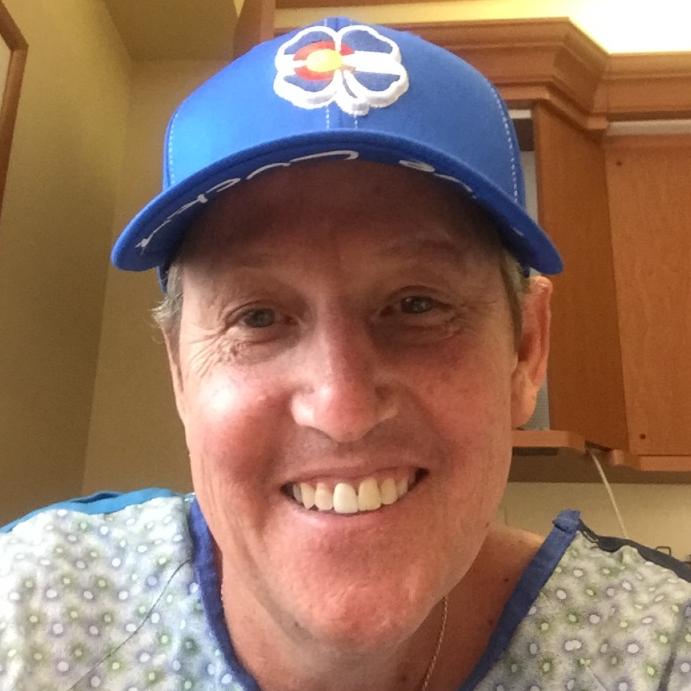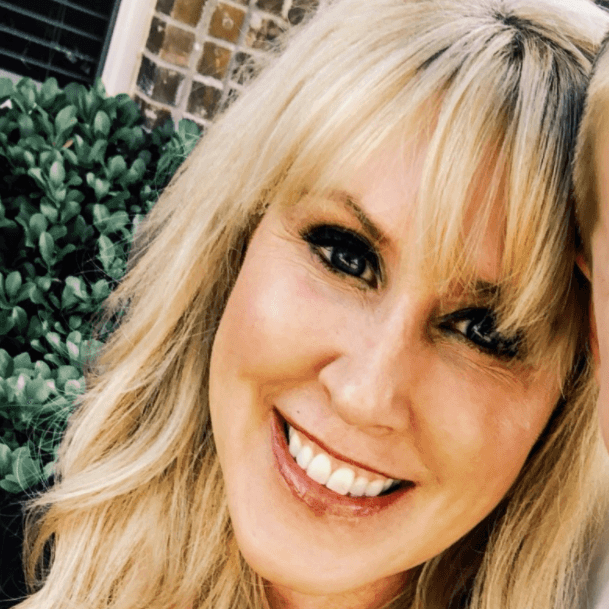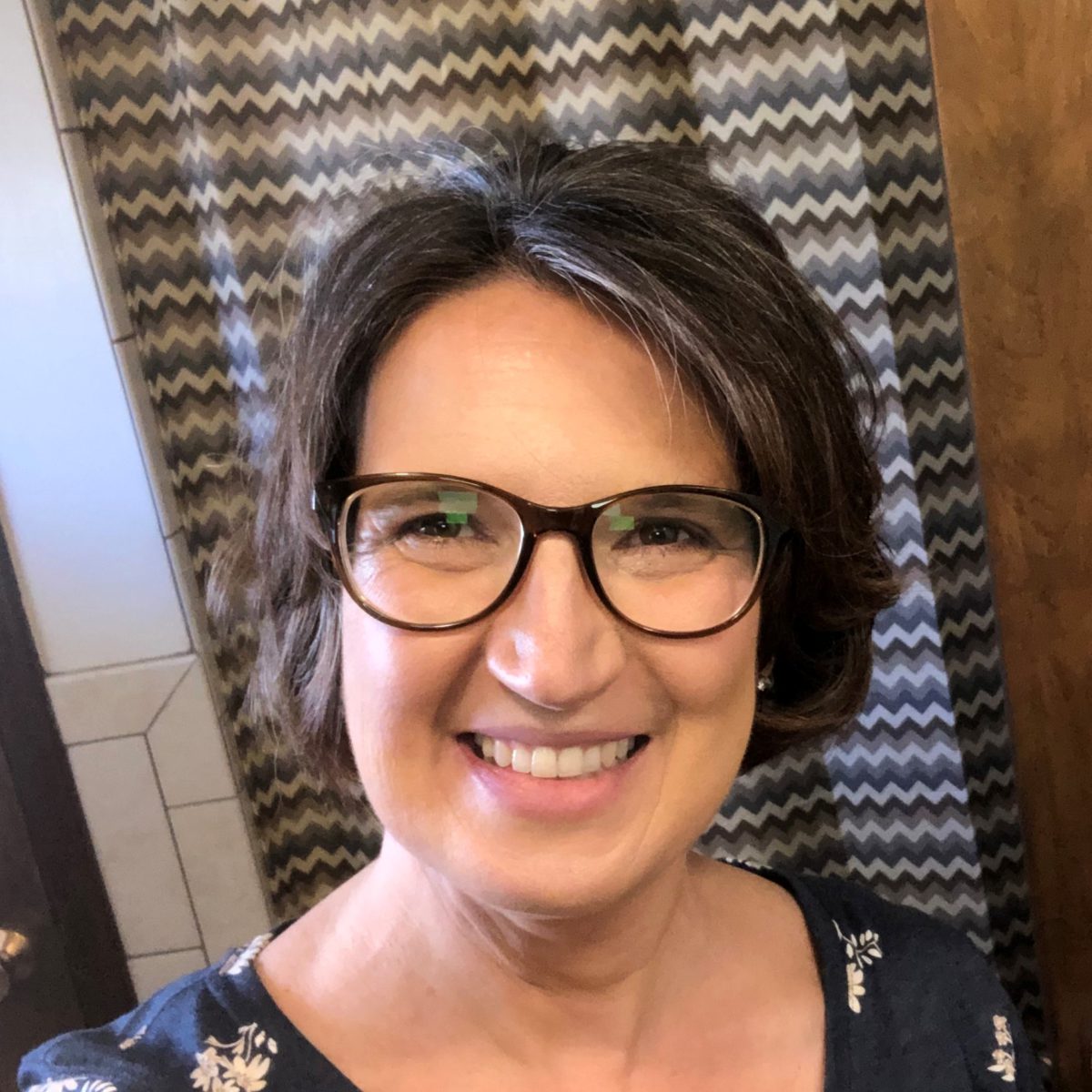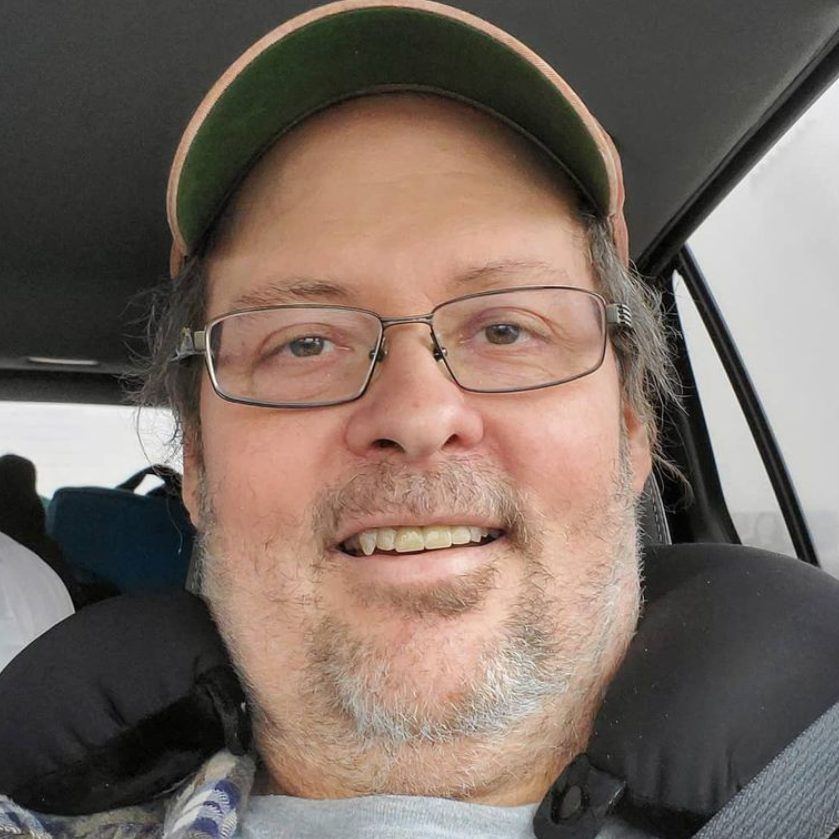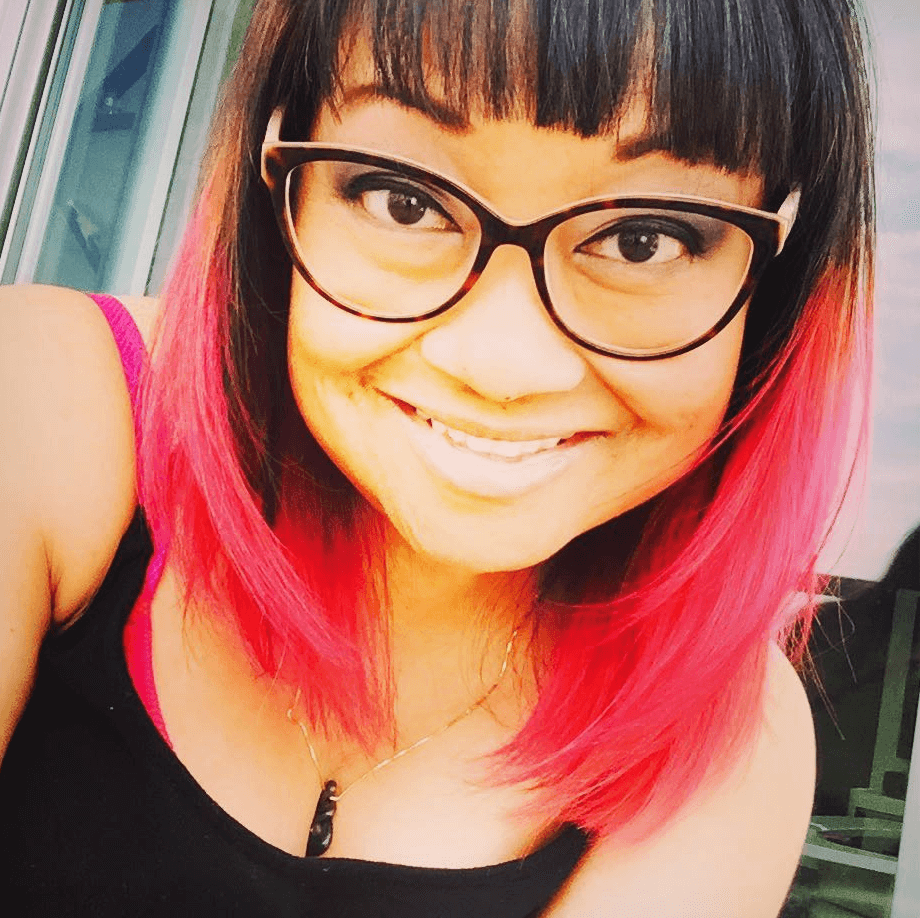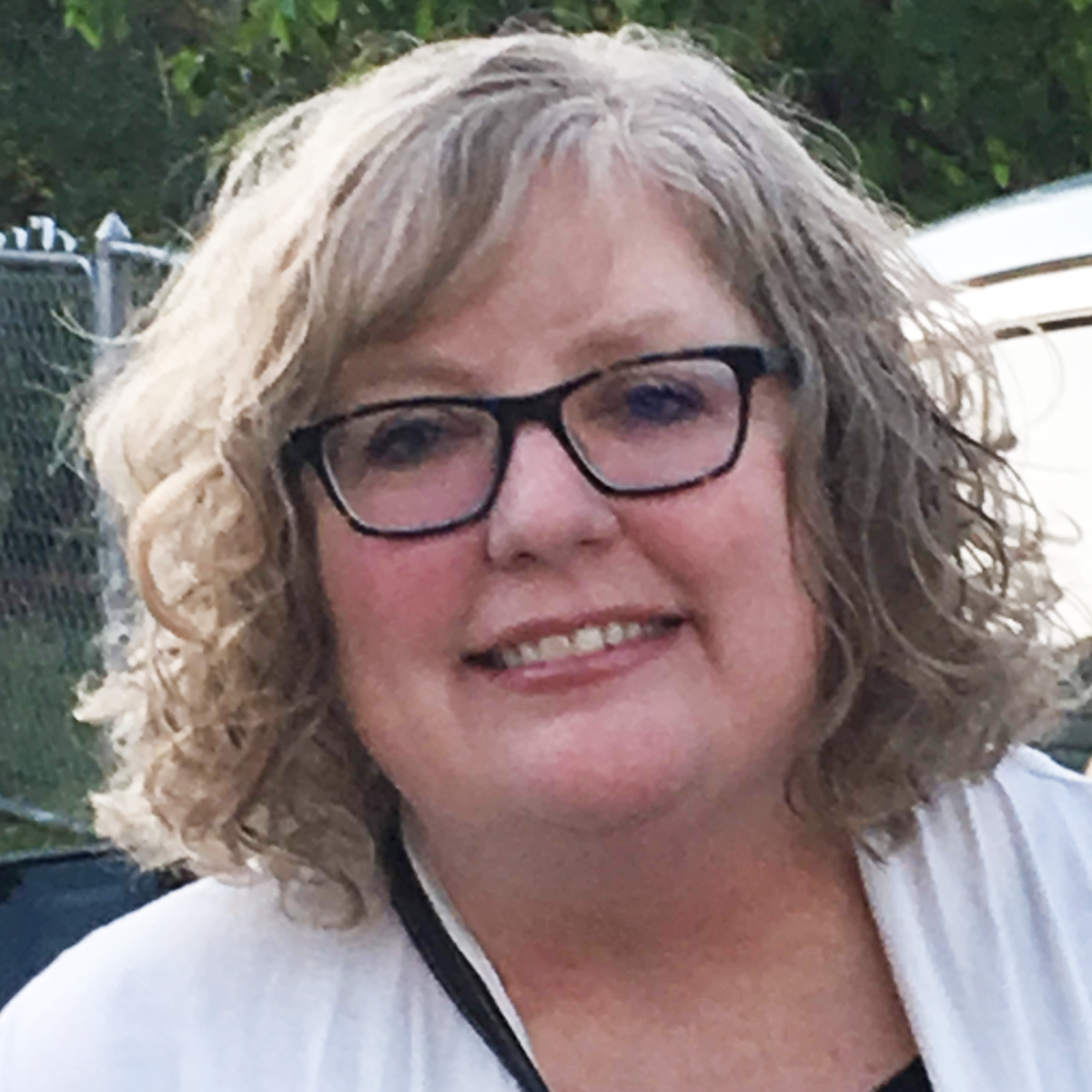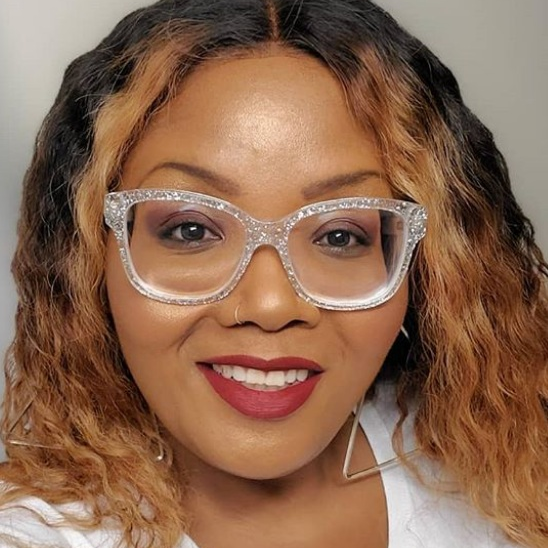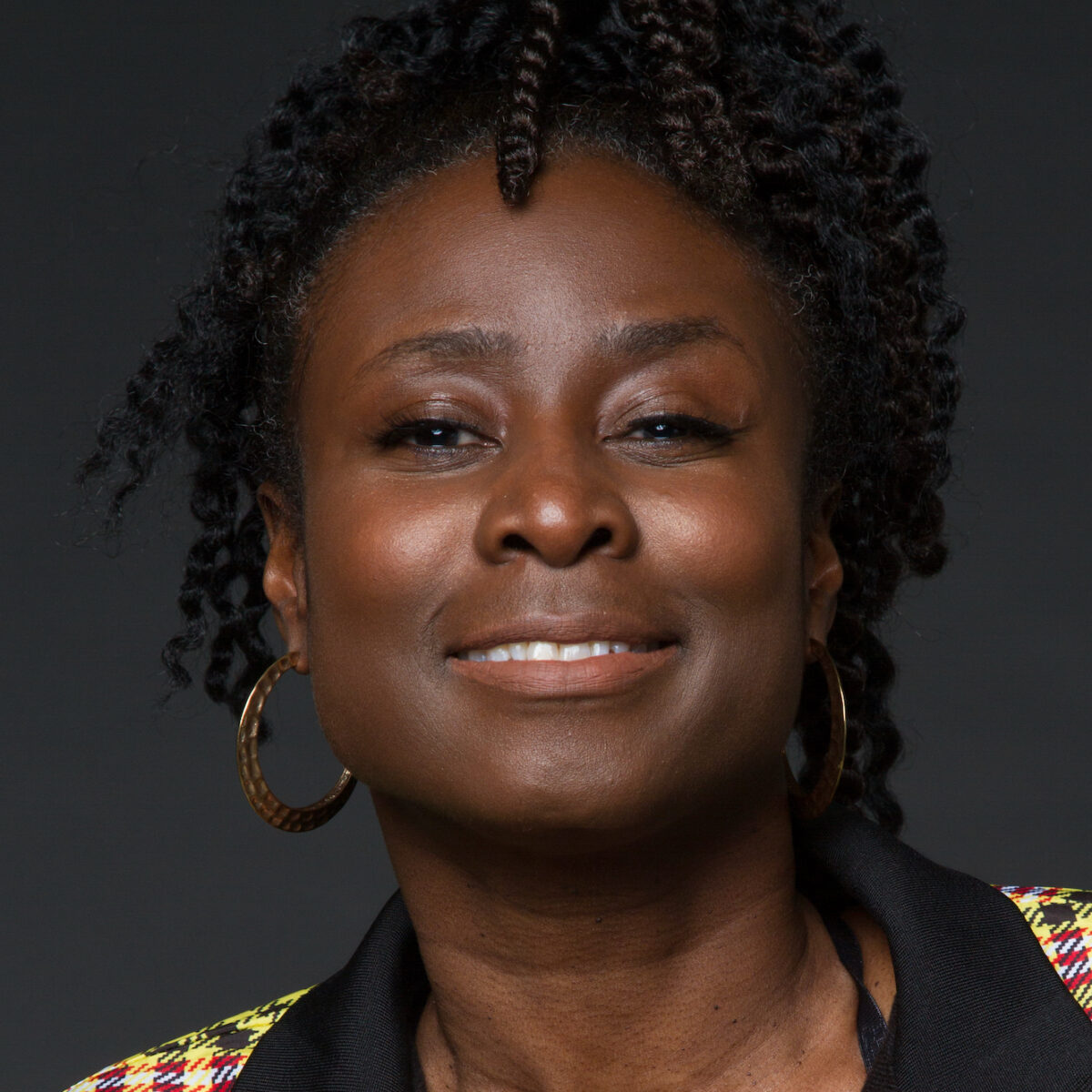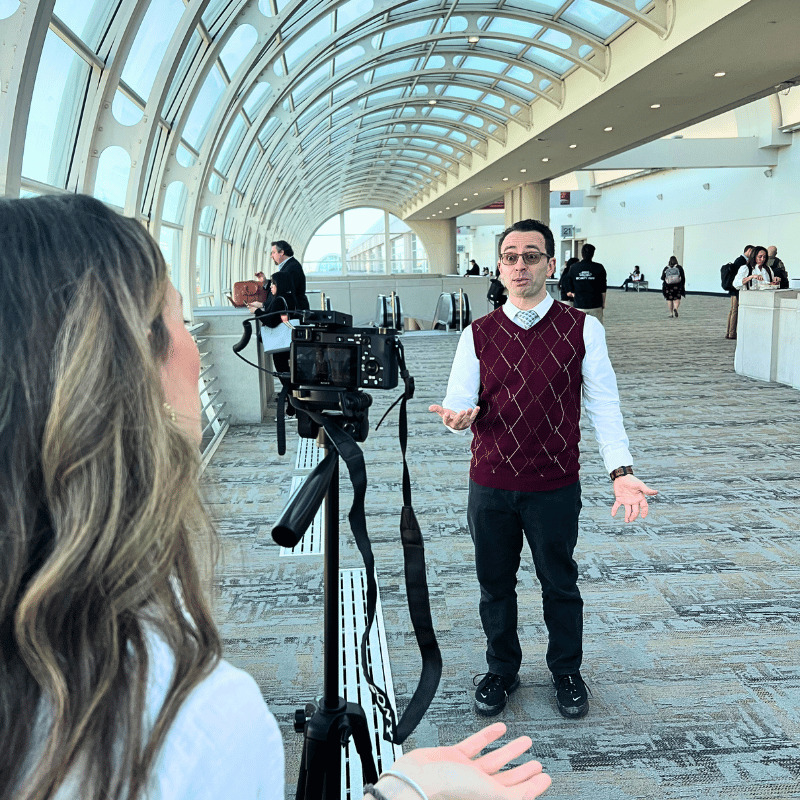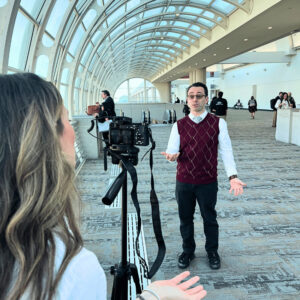What is the Difference Between Lymphoma and Leukemia?
A leading oncologist offers clarity on leukemia vs. lymphoma
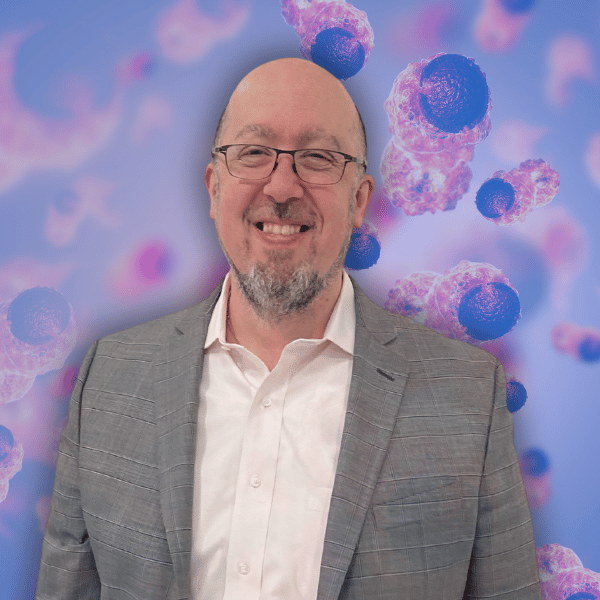
In this discussion, we delve into the distinction between two types of blood cancer: leukemia and lymphoma. Confusion often arises because both are blood cancers. Leukemia typically occurs in the bone marrow, while lymphoma originates in the lymphatic system, primarily impacting lymph nodes and tissue.
Dr. Matthew Matasar, Chief of the Division of Blood Disorders at Rutgers Cancer Institute and an expert hematologist-oncologist shares the differences between leukemia and lymphoma – in human terms.
At The Patient Story, we aim to provide straightforward answers for those looking to better understand blood cancers.
This interview has been edited for clarity and length. This is not medical advice. Please consult with your healthcare provider to make informed treatment decisions.
The views and opinions expressed in this interview do not necessarily reflect those of The Patient Story.
What is the Difference Between Lymphoma and Leukemia?
Dr. Matasar: This is a point of confusion because these terms get bandied around a lot. Lymphomas are cancers of lymphocytes; that is a biological term. Leukemia means cancer in the blood. It’s a geographical term. It doesn’t tell you anything about what type of cancer it is.
You can have breast cancer that is in the leukemic phase, meaning it’s a breast cancer, but it’s spread into the bloodstream. You can have prostate cancer, in the leukemic phase. You can have lymphomas that are leukemic lymphomas. Chronic lymphocytic leukemia is a lymphoma that is leukemic. It’s a lymphoma in the bloodstream.
Other types of leukemia are not from lymphocytes but from other types of immune cells. The most common of those is acute myelogenous leukemia or AML. That’s a type of leukemia that comes not from lymphocytes but from myelocytes, a different type of immune cell.
Read more patient experiences with first symptoms of lymphoma »
Blood Cancer Oncologists & Experts
Advances in GVHD Treatments and Clinical Trials
Hematologist-oncologists Dr. Satyajit Kosuri and Dr. Shernan Holtan, patient advocate Meredith Cowden, and LLS clinical trial nurse navigator Ashley Giacobbi discuss the role clinical trials play in advancing the GVHD treatment landscape.
...
Accessing the Best Care for You or a Loved One: Understanding New Options for Non-Hodgkin Lymphoma
Dr. Kulsum Bano, Dr. Nilanjan Ghosh, and Dr. Justin Favaro discuss the latest advances with 3-time DLBCL survivor and patient advocate Dr. Robyn Stacy-Humphries.
...
Rafael Fonseca, MD
Role: Interim executive director, hematologist-oncologist
Focus: Multiple myeloma, new drug development
Institution: Mayo Clinic
...
Farrukh Awan, MD
Role: Hematologist-oncologist, associate professor
Focus: Leukemias, Lymphomas, BMT
Institution: UT Southwestern
...
Nina Shah, MD
Role: Hematologist-oncologist, researcher
Focus: Multiple Myeloma
Institution: University of California, San Francisco (UCSF)
...
